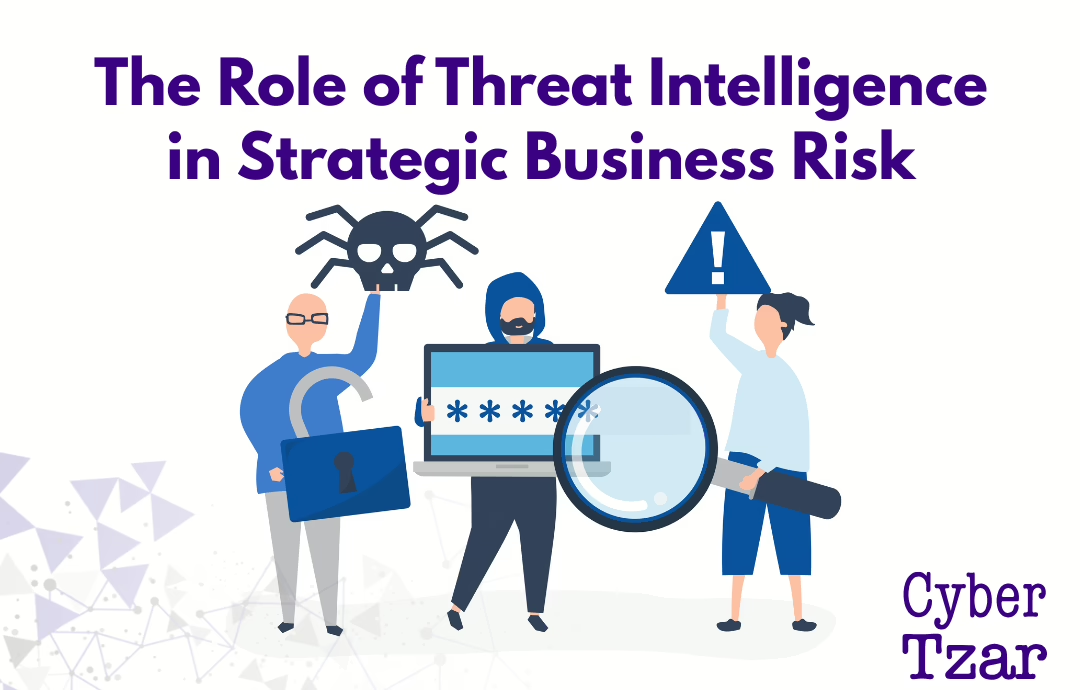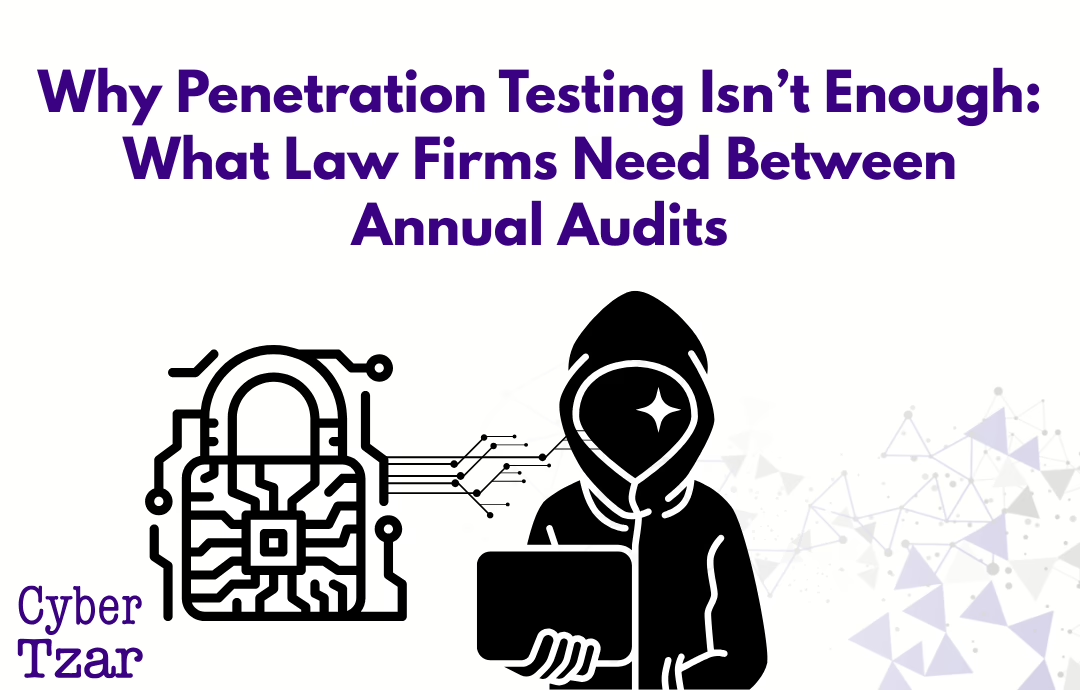When most businesses talk about “threat intelligence,” they picture dashboards filled with IP addresses, malware hashes, or dark web chatter.
But in 2026, truly mature organisations are using threat intelligence not just to defend systems — but to inform strategy.
Threat intelligence, when tied to business priorities, gives executives the context they need to prioritise investments, model risk scenarios, and make informed decisions across the boardroom — not just the SOC.
What Is Strategic Threat Intelligence?
Strategic threat intelligence is the analysis of cyber threats in the context of an organisation’s operations, partners, and goals.
It answers questions like:
🔍 Which groups are most likely to target our sector or geography?
📊 What systemic vulnerabilities are being exploited across our industry?
📦 Which suppliers or partners increase our exposure?
🧠 How is the geopolitical landscape shifting attacker priorities?
💼 What’s the potential business impact of the current threat landscape?
This is less about firewall rules — and more about informed decision-making.
Why It Matters Now
🎯 Attackers are targeting business value, not just endpoints – Ransomware groups follow the money
🌍 Supply chains are under constant pressure – One weak vendor = multi-organisation breach
⚖️ Boards are asking for cyber insight – Not technical summaries, but impact-aware reporting
📈 Cyber incidents affect M&A, insurance, and investment – Threat data influences valuations and deal terms
📅 Regulators are demanding foresight – NIS2 and DORA push for forward-looking resilience planning
Strategic threat intelligence is how cyber risk becomes a business competency — not just a compliance check.
Where Businesses Fall Short
❌ Intelligence is trapped in technical teams — never making it to execs
❌ No tie between cyber events and business risk registers
❌ Third-party risk is monitored reactively — not based on emerging threats
❌ Threat feeds are purchased, but not translated into action
❌ Decisions are made without understanding threat actor intent or capability
How to Integrate Threat Intelligence with Business Risk
-
Map business assets to threat categories – What would an attacker go after, and why?
-
Tie threat data to strategic planning – Use it in budgeting, vendor selection, and resilience investment
-
Share intelligence beyond security teams – Inform procurement, legal, finance, and operations
-
Use threat models in tabletop exercises – Move beyond generic incident plans
-
Benchmark sector-specific threats – Know what’s trending in your ecosystem — not just globally
How Cyber Tzar Supports Threat-Aware Decision-Making
Cyber Tzar transforms cyber intelligence into actionable business insight:
✅ External scanning to detect what threat actors would see
✅ Sector-specific benchmarking to show real-world risk context
✅ Threat mapping across supply chains and digital ecosystems
✅ Dashboards that connect posture, threat vectors, and potential business impact
✅ Shareable reports aligned to board, compliance, and insurance needs
We help you turn threat awareness into strategic advantage.
🧠 Want to see how threat intelligence can support your cyber risk strategy?
Request a business-aligned threat report at cybertzar.com



